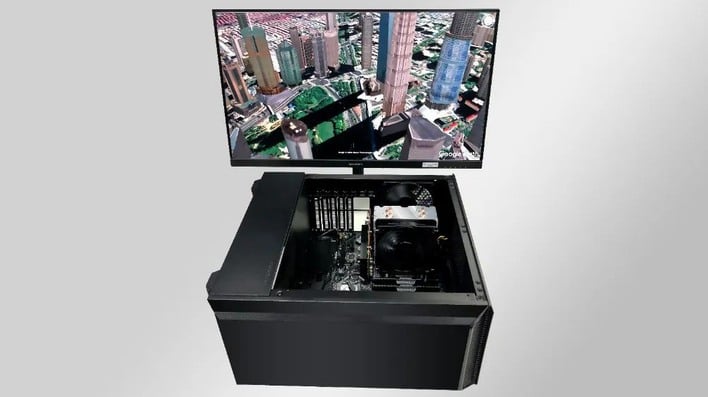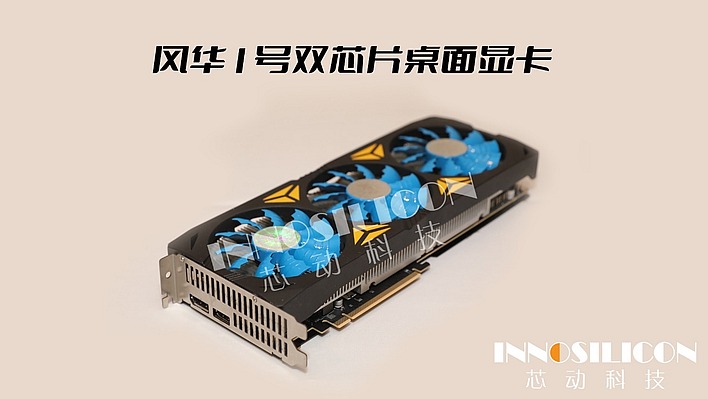PowerVR-Based Fenghua 1 GPU Makes A Splash In China As An Alleged GeForce RTX 3060 Rival
Imagination Technologies, the stewards of the PowerVR brand, is still kicking around in the UK, and still creating new graphics IP. A couple of years ago, it announced that it had five new licensees for its latest "B-series" IP, and one of them was the Chinese firm Innosilicon. Mostly known up to that point for creating crypto-mining ASICs, Innosilicon promised a home-grown Chinese GPU that could compete with the likes of GeForce and Radeon.
Indeed, Innosilicon's GPUs are truly "domestic" as long as you ignore the UK origins of the licensed IP. We saw the release and a few demos of the "Fantasy One" GPU last year, but a total lack of third-party testing (or even much useful first-party testing) left us wondering about the real capabilities of the fledgling graphics card.
The prospect of the GPU market adding not just one (Intel) but a second (Innosilicon) new vendor in 2022 is extremely interesting. Unfortunately, there are still an immense number of unanswered questions surrounding the Fantasy One. Tongxin UOS is based on Debian, so these GPUs could in theory work on most Linux installations, but that obviously remains to be seen.
Also obscured by a big question mark are the capabilities of the Fantasy One when it comes to consumer workloads. The claims made by Innosilicon are at once bombastic and confusing. Supposedly, the Fantasy One can outpace a GeForce RTX 3090 in pure rasterization, but the chip's spec'd memory bandwidth is circa RTX 3060-tier, while its compute throughput is rated even more poorly, at sub-RTX 3050 levels.

IT Home notes that the Fantasy One supports systems based on x86, ARM, and China's own Loongson CPUs running various flavors of Linux including Android, Kylin, and of course Tongxin UOS. Innosilicon previously claimed that the chip would support DirectX at some point, but there's no mention of Windows in today's news; possibly the vendor meant "through the use of translation," ala Valve's Proton.
Whatever the case, we're as eager as ever to get our hands on one of these cards. This author in particular is an old PowerVR grognard. If we manage to do so, expect a full write-up with as much performance detail as we can muster.


